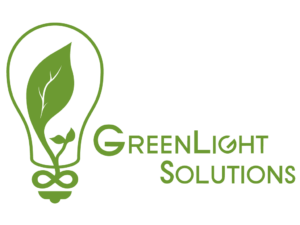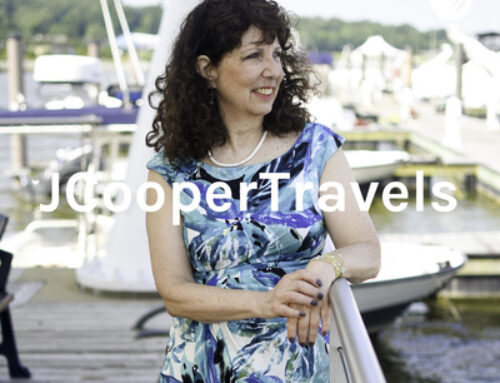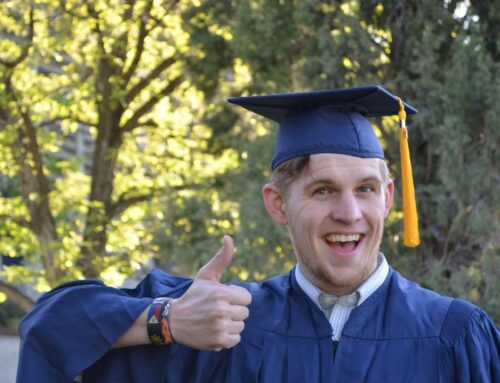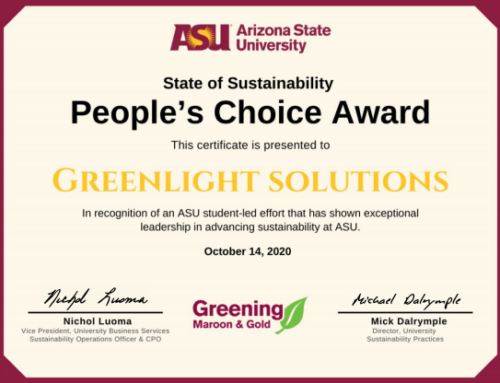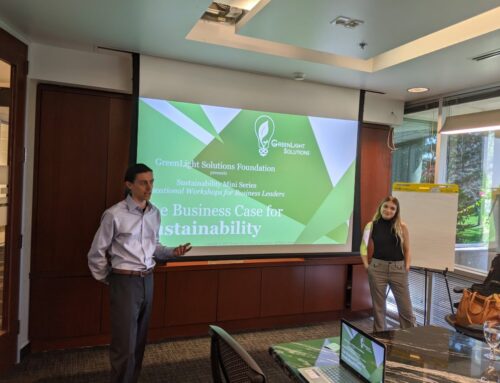Arizona has been a state of drought for twenty-one years. The Colorado River and the Lake Mead water reservoir are drying up and haven’t been able to replenish themselves. The Colorado River is expected to reach a level of Tier 1 Shortage next year for the first time. Shortages in water will cause water prices to spike and could mean detrimental consequences to supply chains for agriculture, energy, drinking water supply, and much more. Wildfires could have increased difficulty being contained and there could be wildlife mortality due to lack of water and vegetation.
But, there are many great minds working to do something about it! Arizona Public Service’s (APS) is making infrastructure change and have set aggressive goals for their water conservation efforts. Organizations such as GreenLight Solutions are working to educate the community on water conservation and provide water audits. Plumbing experts are looking into resources such as greywater systems that allow for water to be re-used. Businesses are being empowered to be proactive and be an active voice in conversations about water conservation.
Recently, one of our co-founders, Ryan Mores, was on a panel for an Expert Session hosted by APS’ Going Green & Going Smart program. The panel consisted of four professionals who have unique perspectives on water conservation both locally and nationally. Accompanying our very own Ryan Mores were Todd Reeve, Laverne Burke, and Richard Hunt. Todd Reeve has over twenty years in water conservation and is the CEO of the Bonneville Environmental Foundation and Director of Business for Water Stewardship. Laverne Burke has over forty years of experience in the plumbing industry and is Green Plumbing accredited. He is currently serving as the Technical Training and Safety Manager for George Brazil Plumbing and Electrical. Richard Hunt is the General Manager of the Scottsdale Quarter. And Ryan Mores, beyond his work at GreenLight, works at Arizona State University in the School of Sustainability and is the Vice-Chair of the Tempe Sustainability Commission. After the panel, there was a very informative presentation by Henry Day who serves as the APS Water Policy and Strategy Consultant
There were several key insights provided by the panelists on the importance and implementation of water conservation.
1. Making small infrastructure changes to conserve water is not costly and can make a big difference.
Adding aerators to faucets and changing to low-flow toilets are two examples of changes that can be made in both residential and commercial properties that make a big difference in saving water. Water audits can be performed to help identify areas for improvement and identify water-wasting leaks. According to Laverne, a leaking toilet can waste around 200 gallons of water each day! Education is included in this category! Learning more about how to conserve water can allow you to be intentional about water use and have a conservation mindset to share with your team or community!
2. It is important to look beyond your direct impact, at your greater water footprint.
Ryan mentions the impact of what we eat on our water footprint. It takes on average 1,800 gallons of water to produce just one pound of beef (FoodPrint). He believes that changes made to our diet, purchasing, and consumption can make an even larger impact on water conservation. Todd identified the supply chain as the greatest user of water in both food and clothing and agreed that those areas are important for people to pay attention to when considering global water conservation. For businesses, it is also important to consider the vendors with which you work and whether they are operating in a way that meets your standards.
3. Be aware of the energy-water nexus!
Did you know that when you use electricity, you are using water? And then when you are using water, you are using electricity? This dynamic is called the energy-water nexus. When water is pumped from one place to another, it takes large amounts of energy. It also takes energy in the treatment stages and in the distribution phase. The Central Arizona Project is the largest power user in Arizona, consuming nearly 3 million megawatt-hours (MWH) annually. When energy is being created in traditional steam-cycle plants such as nuclear, coal, and gas, a method of wet-cooling is used. Arizona has used treated effluent as a wet-cooling input, but freshwater is used as well. So in summary, when you use water, you are using energy. When you are using energy, you are using water – can’t have one without the other.
4. Be aware of the resources that can support your conservation efforts!
Laverne shares about his time living in southern California and believes that the regulations put in place by the government made a substantial positive impact on the area’s water conservation efforts. And businesses should voice make their voices heard to their local legislature and be a proactive force for change. Businesses operated within the regulations that they must follow, and so to make a wide spread-change, policy-makers much use regulations as a point of intervention. Writing to your local legislature can show them that water conservation is important to you and your community!
Check out the list below for more resources available to both individuals and organizations who are looking to improve their water conservation efforts!
You can watch the video of the panel discussion and presentation here. You can learn about upcoming Expert Sessions and watch past Expert Sessions here.
References and Resources:
APS COVID-19 Resources for Small Businesses
APS Energy Saving Tips
APS Green Choice Program | Choose Renewable Energy
APS Take Charge AZ | Electric Vehicle Charging Resources
APS Rebate Application and Tools
ASU | Morrison Institute for Public Policy | Kyle Water Center
Business for Water Stewardship
Community Water Coalition of Southern Arizona
FoodPrint
Going Green & Going Smart Certificate Program
Water for Arizona
